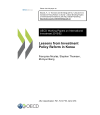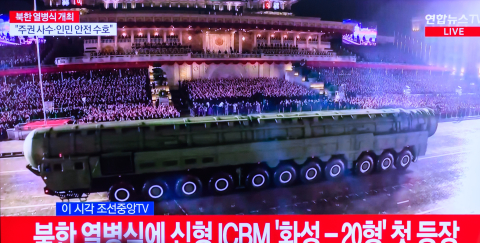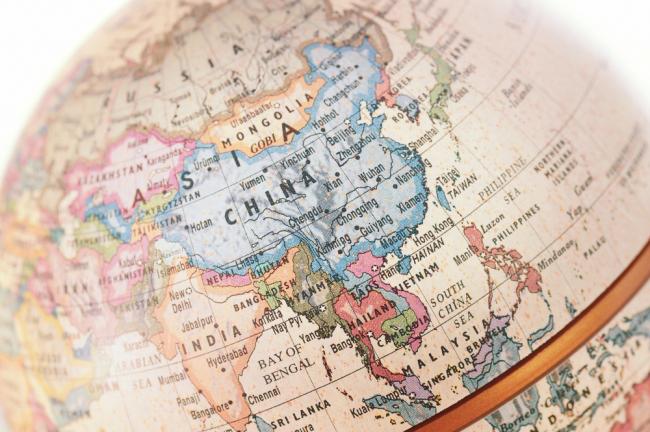Lessons from Investment Policy Reform in Korea

As more and more countries seek to liberalise their foreign investment regimes to attract global flows of foreign direct investment (FDI), an essential question for policy-makers is no longer just what to reform but also how to reform. How is a reformist government to sell the idea of reform to the general public and to counter any opposition to reform? How are those who lose from reform in the short term to be compensated? Does sequencing of reforms matter?
Korea offers a particularly interesting case study because its reforms beginning in the 1990s were both rapid and far-reaching. Based on the OECD FDI Regulatory Restrictiveness Index, Korea was the biggest reformer of its policies towards FDI between 1997 and 2010 among a sample of 40 developed and emerging countries. The objective of this study is to document the liberalisation of the FDI regime in Korea and to examine how and why it came about. What were the main obstacles and what were the main drivers? How did FDI liberalisation relate to other reforms (trade policy and regulatory reform, policies towards outward investment)? The paper does not ask what more Korea needs to do but rather what lessons can we draw from the Korean experience about how to achieve rapid and sustainable reforms?

Contenu disponible en :
Régions et thématiques
Utilisation
Comment citer cette publicationPartager
Centres et programmes liés
Découvrez nos autres centres et programmes de rechercheEn savoir plus
Découvrir toutes nos analysesCrise politique en Thaïlande : la tactique du chaos
La Thaïlande a replongé à l’été 2025 dans une crise politique profonde. La suspension de la Première ministre, Paetongtarn Shinawatra, par la Cour constitutionnelle a provoqué l’implosion de la coalition au pouvoir. Cette crise ressemble pourtant aux précédentes. Une banalité répétitive qui interroge à la fois le sens des responsabilités des principaux dirigeants et qui génère au sein de la population un cynisme mâtiné de résignation.

Ouverture du G7 à la Corée du Sud : relever les défis mondiaux contemporains
L'influence mondiale du G7 s'est affaiblie à mesure que des puissances telles que la Chine remodèlent la gouvernance internationale à travers des initiatives telles que les BRICS et l'Organisation de Coopération de Shanghai (OCS). Le G7 ne représentant plus aujourd'hui que 10 % de la population mondiale et 28 % du PIB mondial, sa pertinence est de plus en plus remise en question.
Cambodge-Thaïlande : un accord de paix en trompe-l’oeil
Après le Moyen-Orient, Donald Trump a vu en Asie du Sud-Est une nouvelle opportunité de consolider son image de président faiseur de paix. Confirmée à la dernière minute par la Maison-Blanche, sa participation au sommet de l’Association des Nations d’Asie du Sud-Est (ASEAN) a ainsi été conditionnée à l’organisation en grande pompe d’une cérémonie de signature d’un accord de paix entre le Cambodge et la Thaïlande.
Le rôle clé de la Chine dans les chaînes de valeur des minerais critiques
La Chine occupe aujourd’hui une position dominante dans les chaînes de valeur des minerais critiques, de l’extraction à la transformation jusqu’aux technologies en aval. Cette suprématie repose sur des décennies de politiques industrielles et lui confère une influence stratégique considérable sur la sécurité d’approvisionnement mondiale, notamment pour l’Union européenne.













